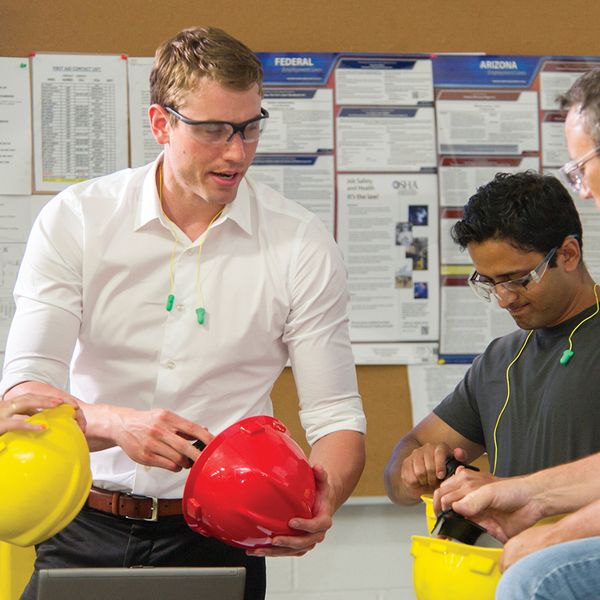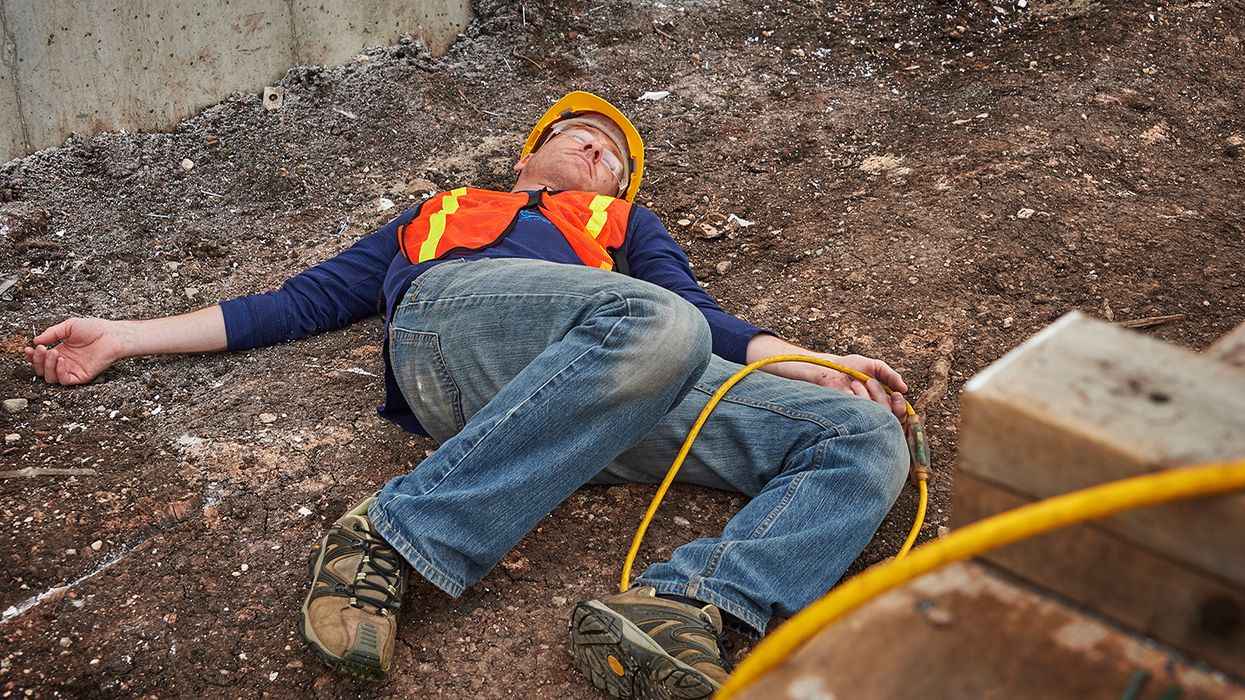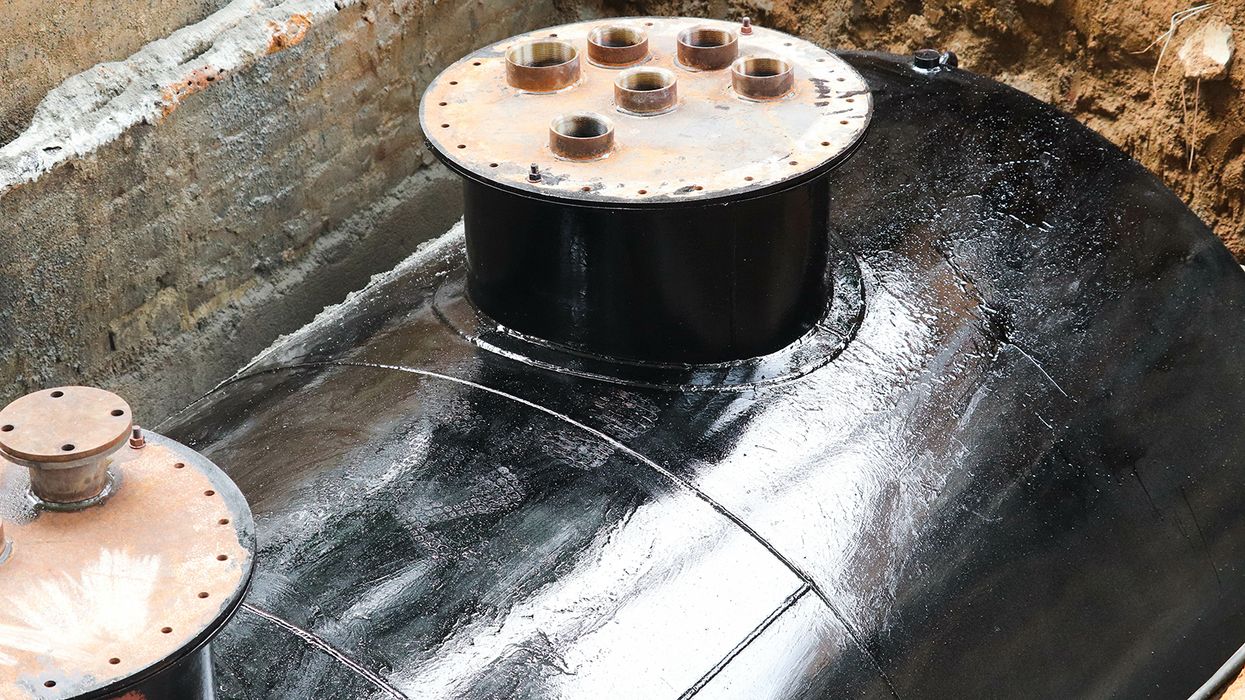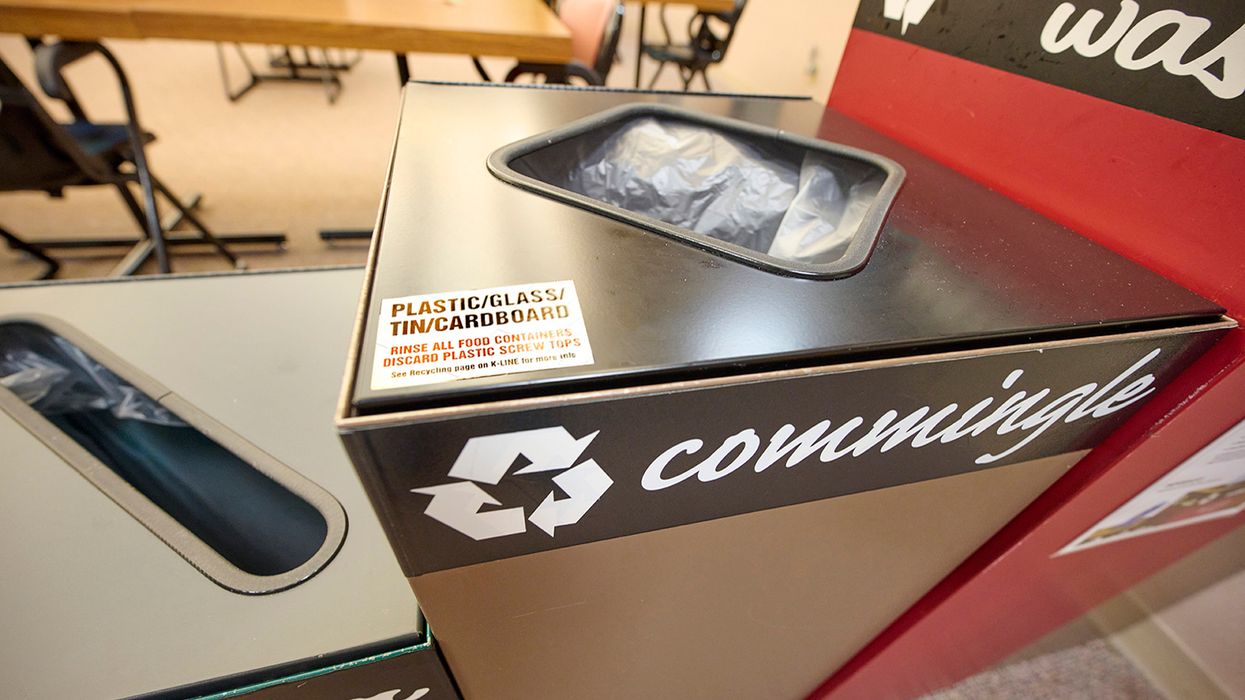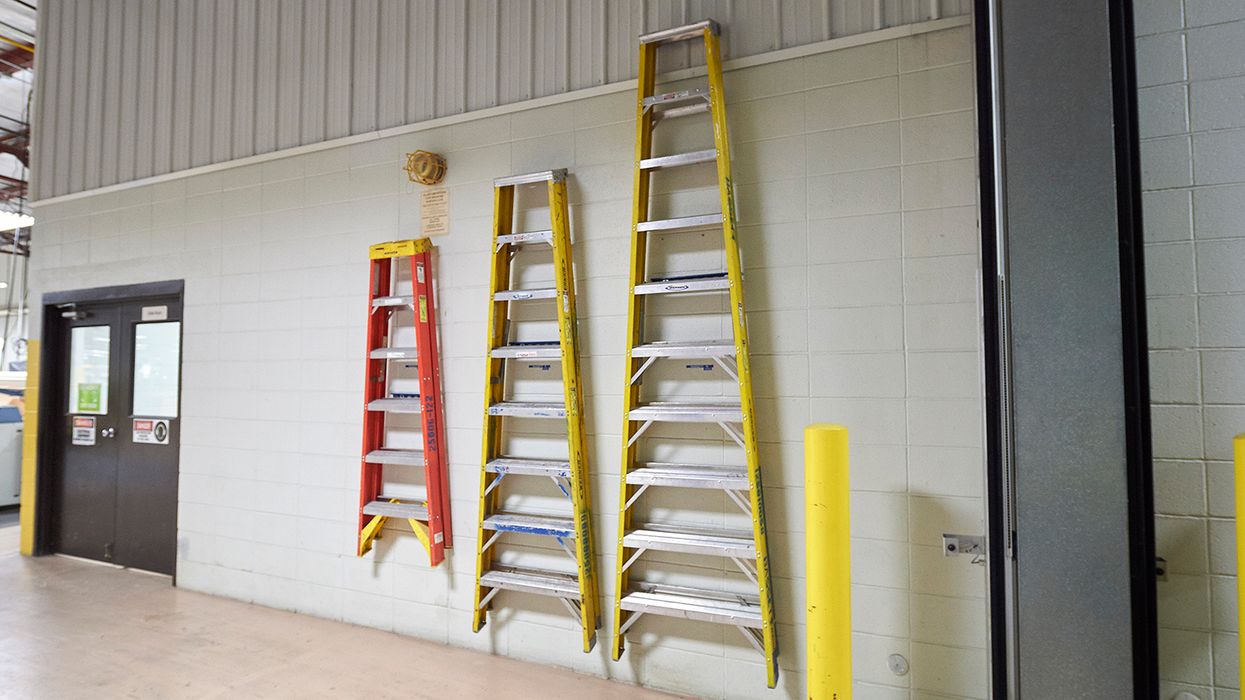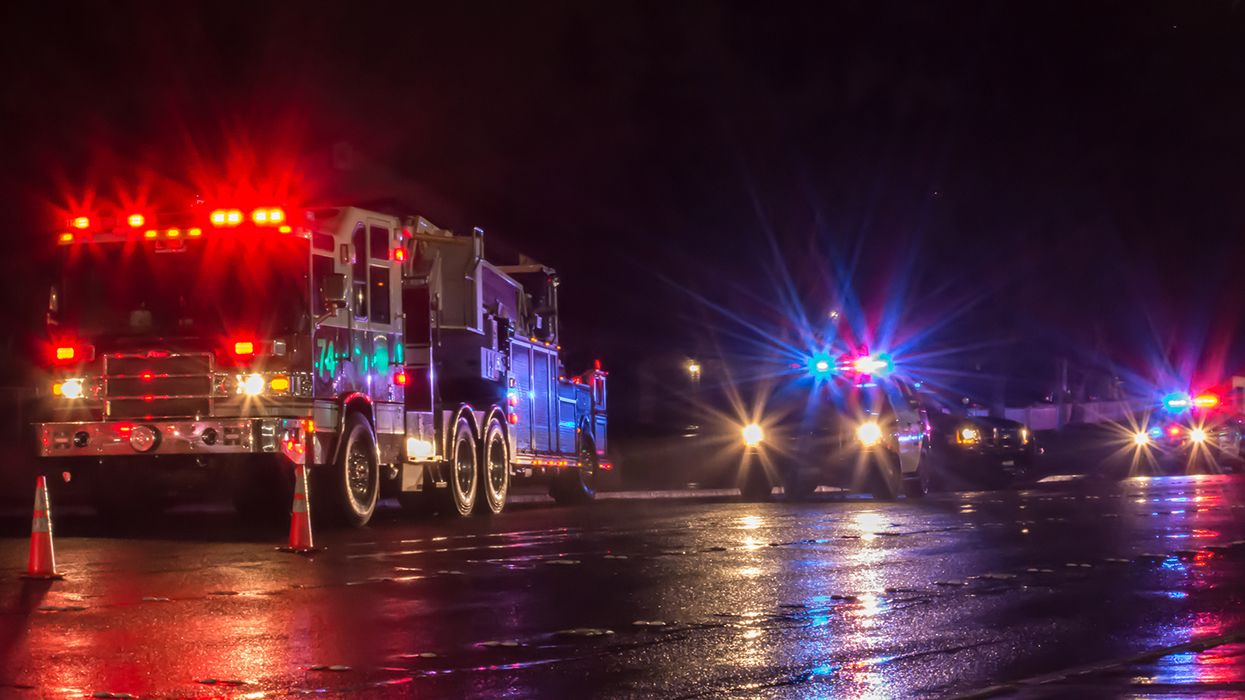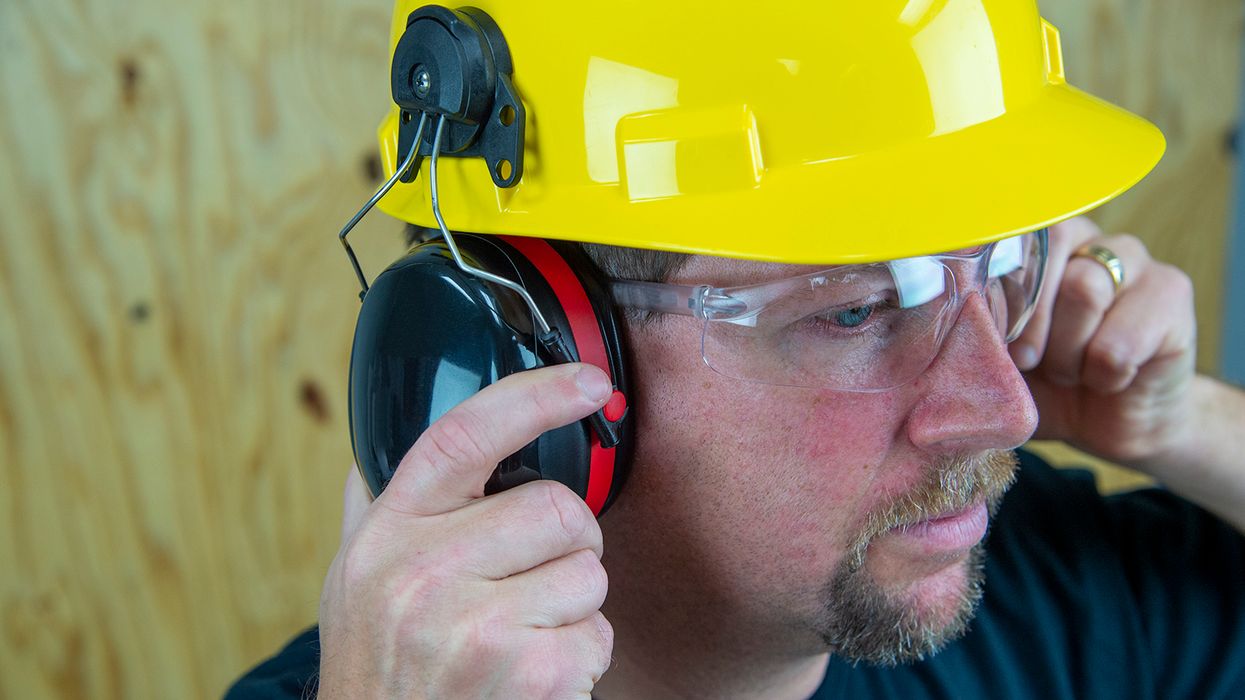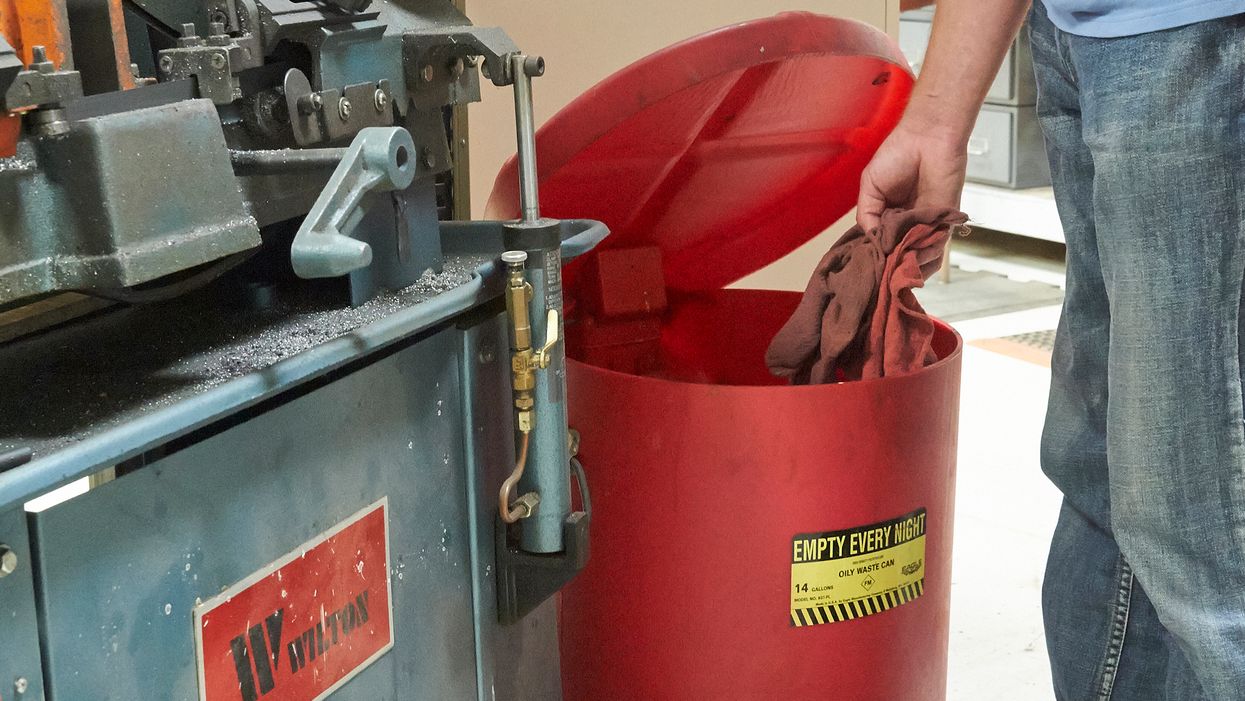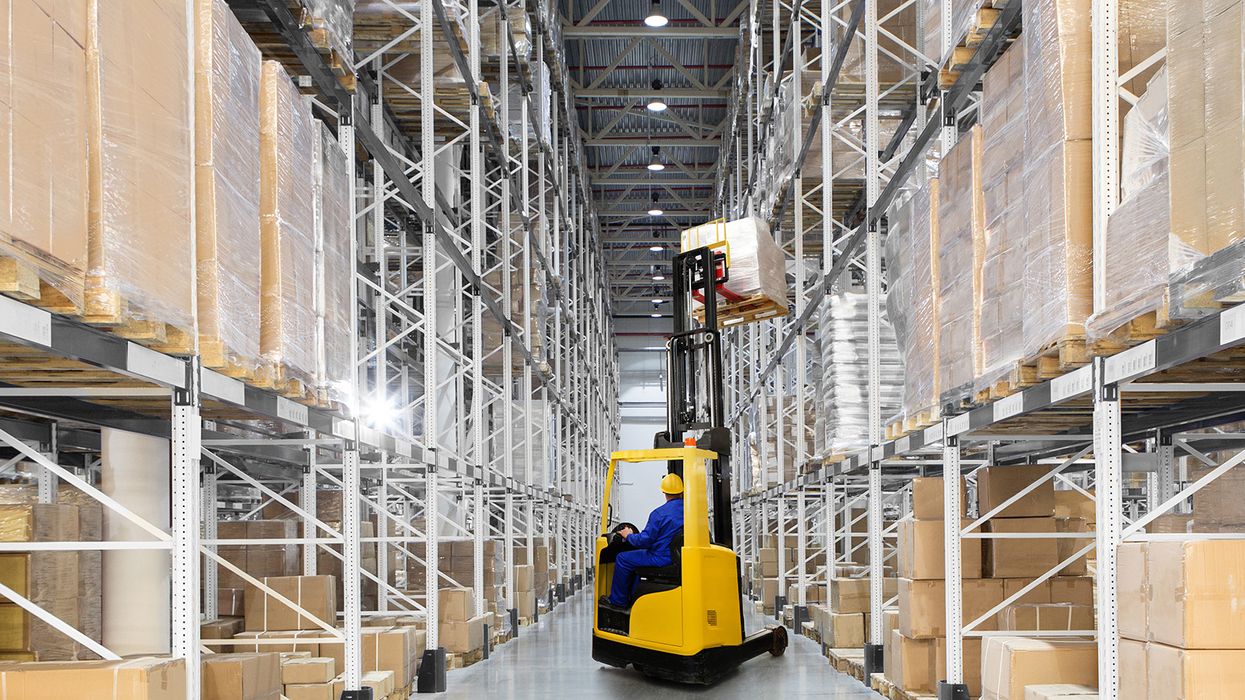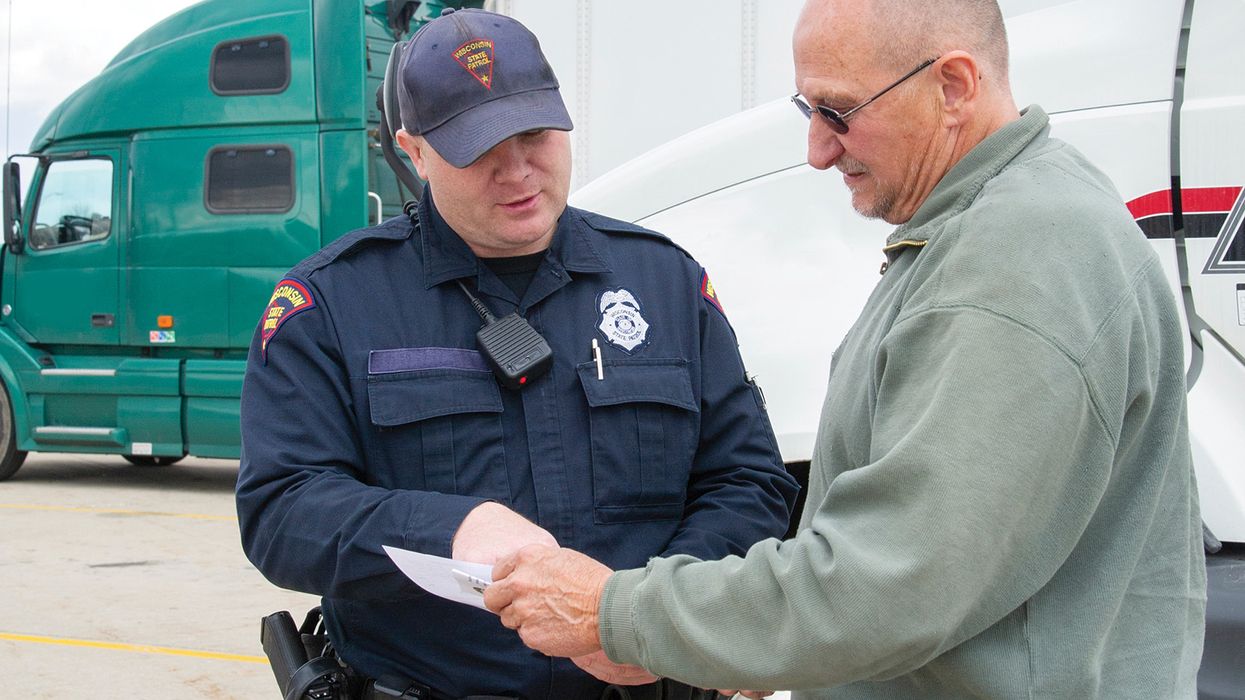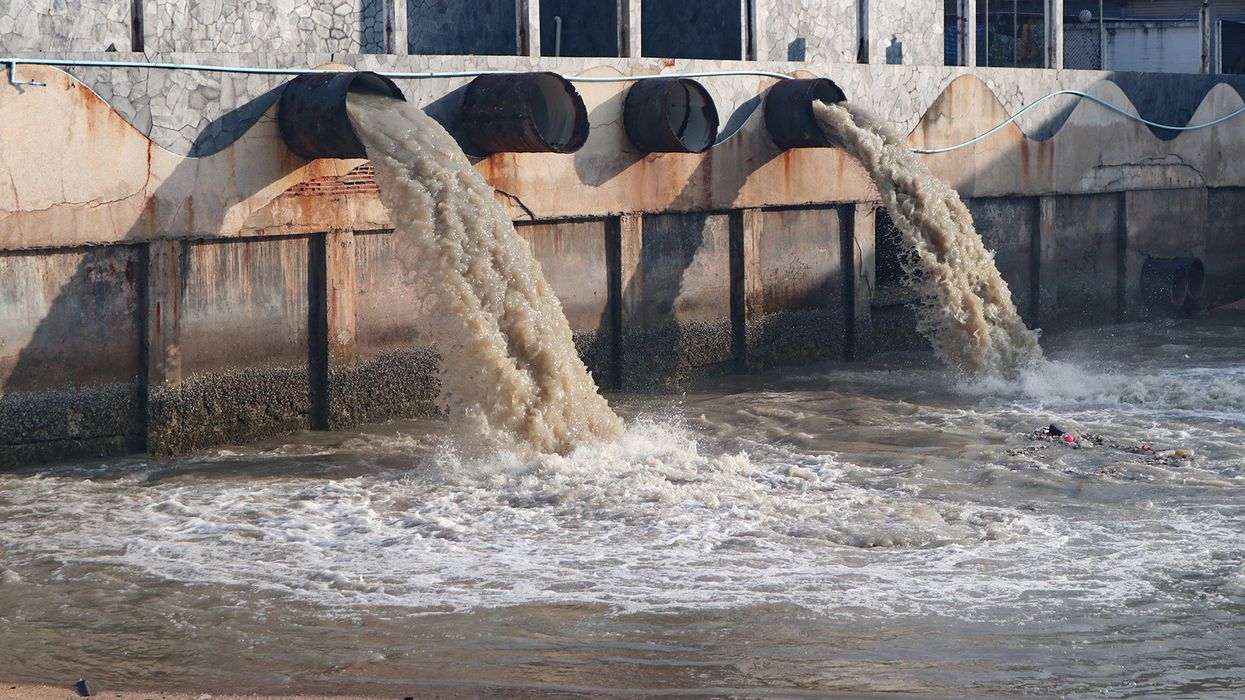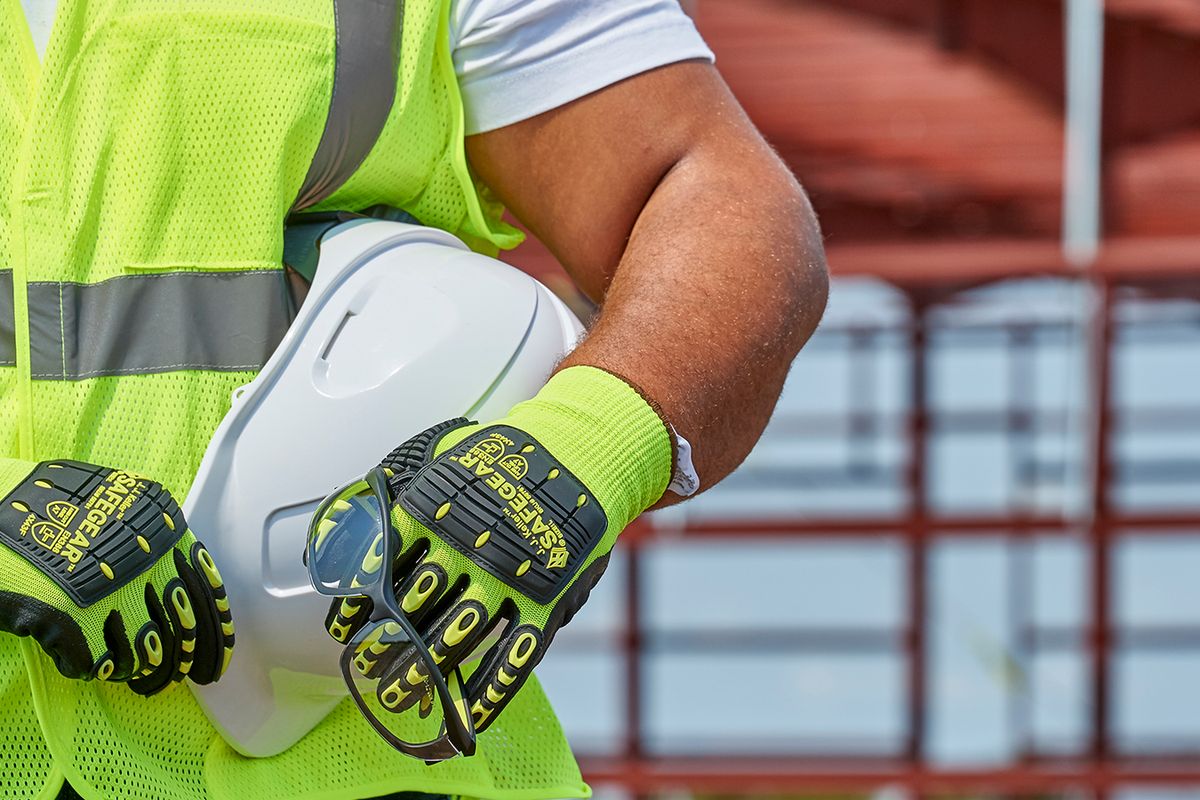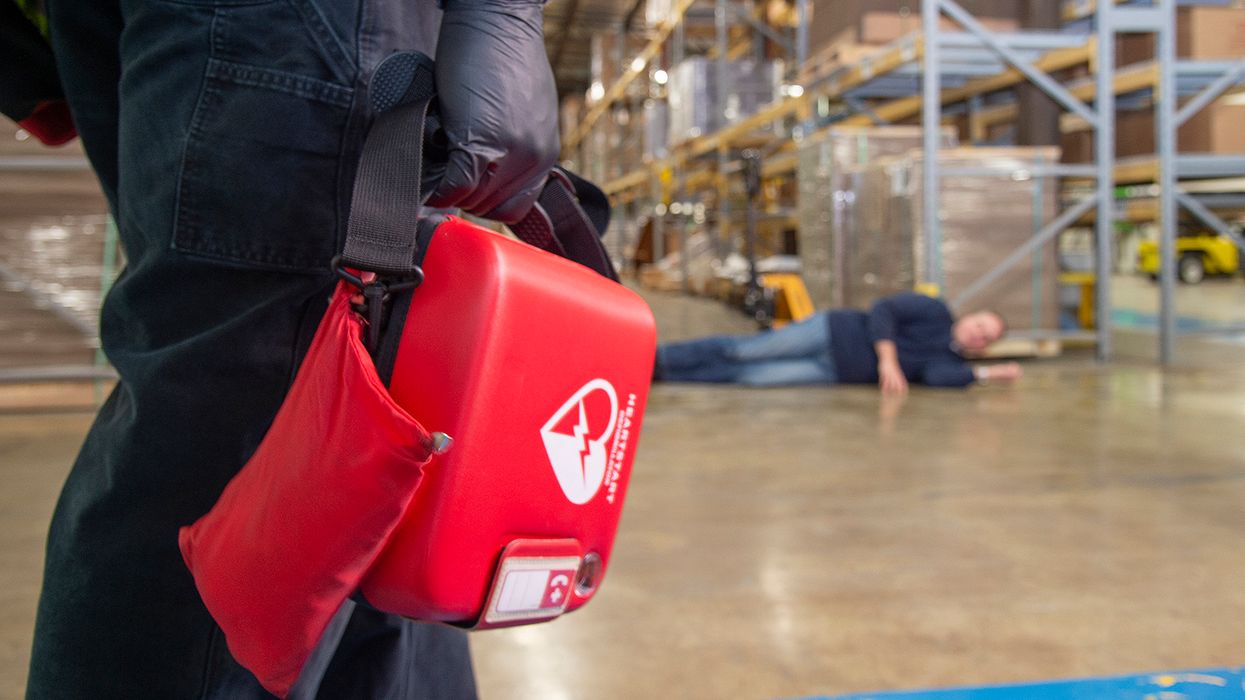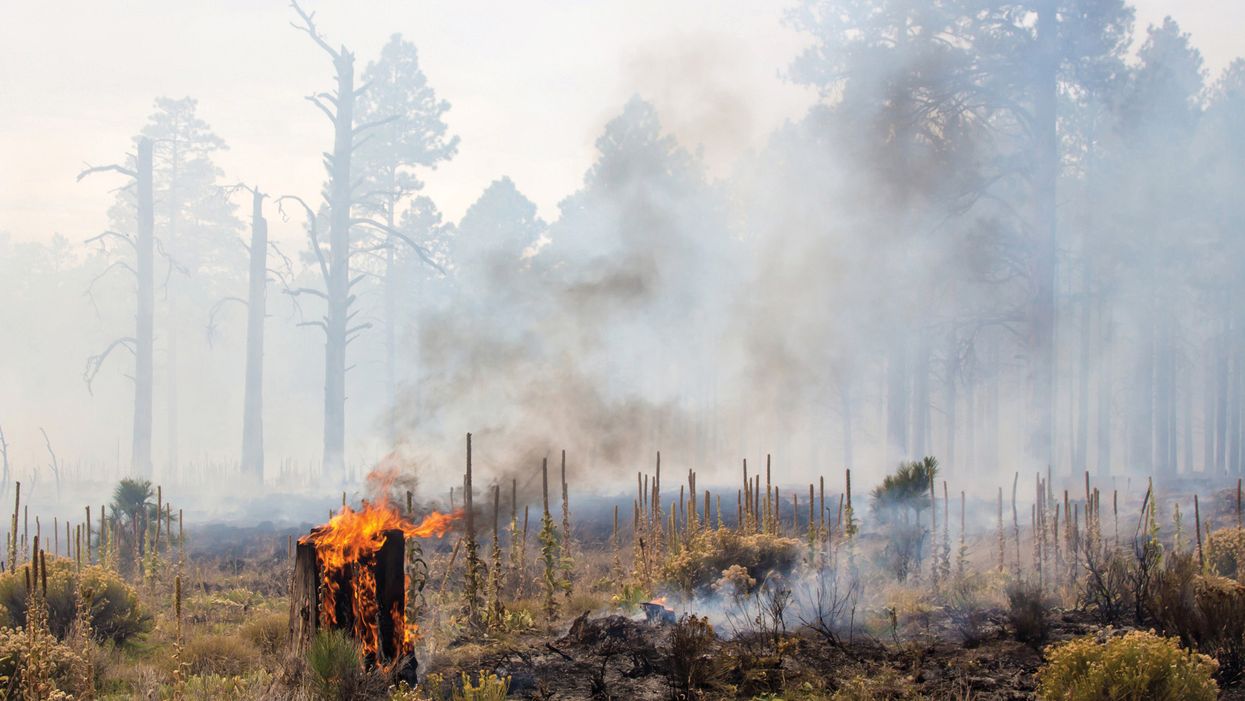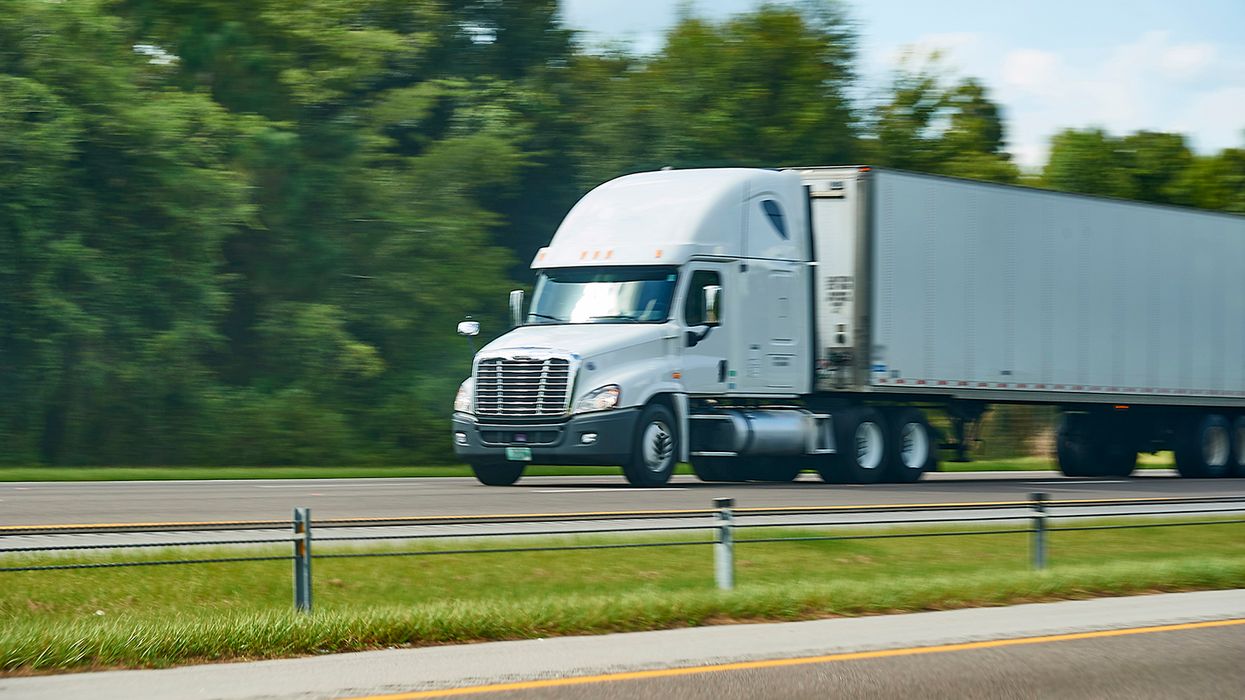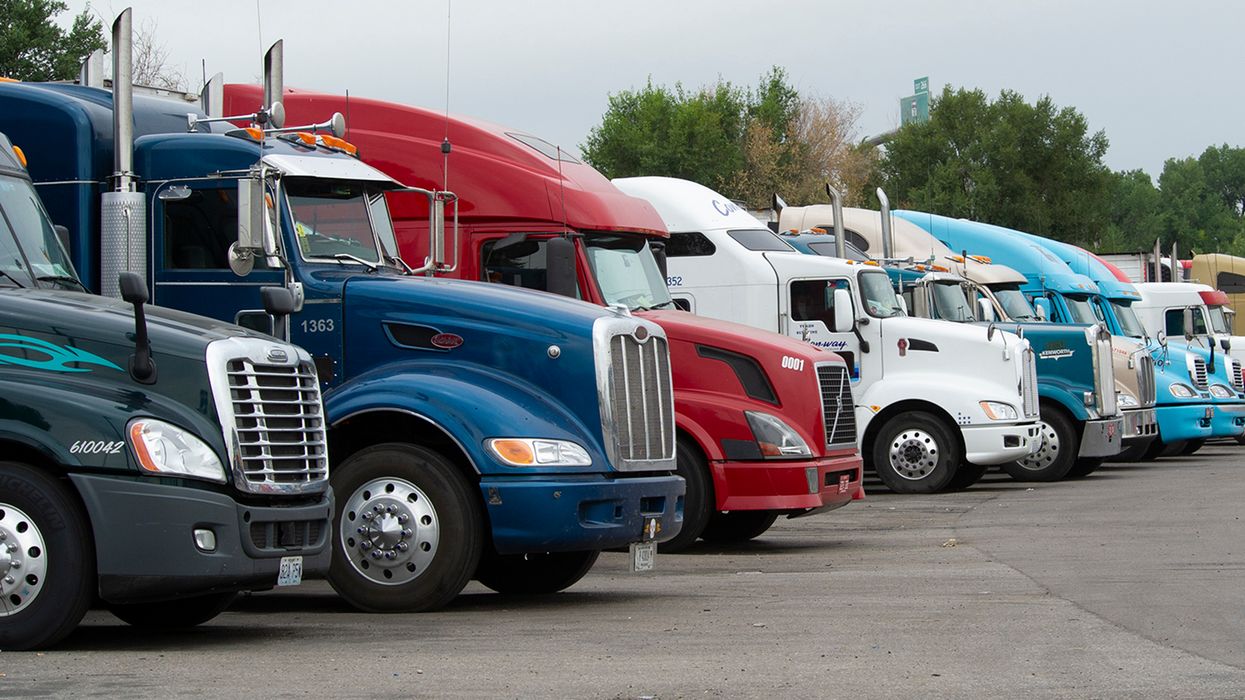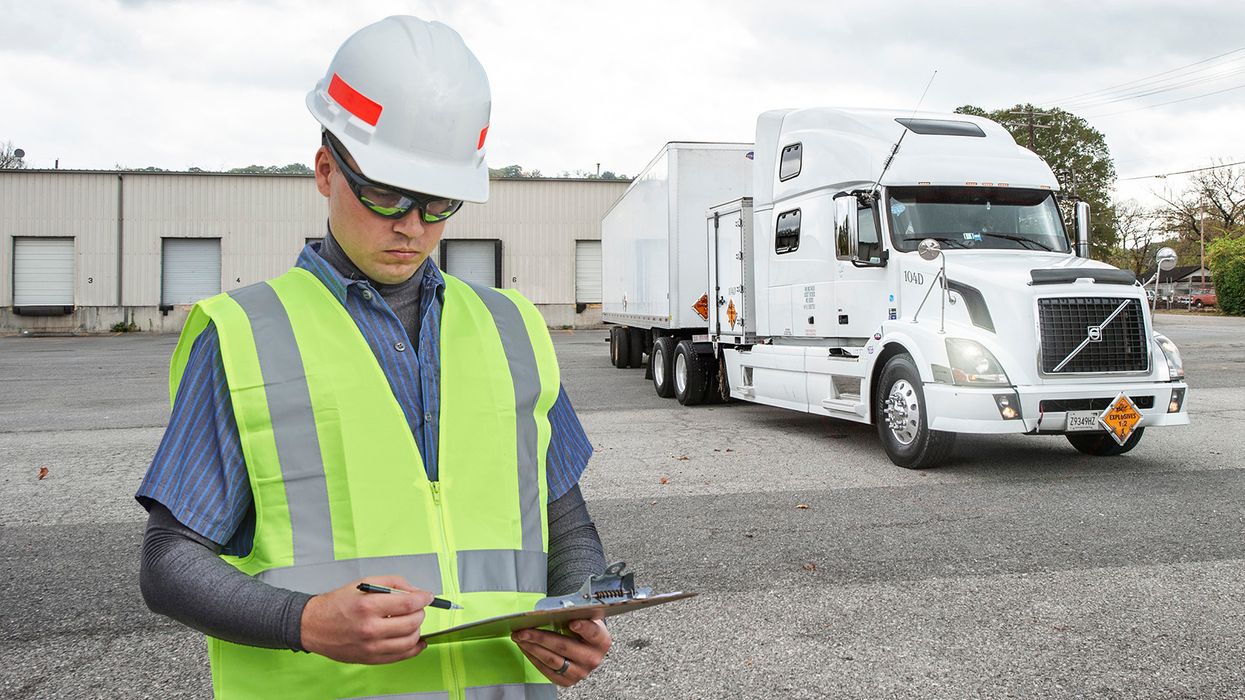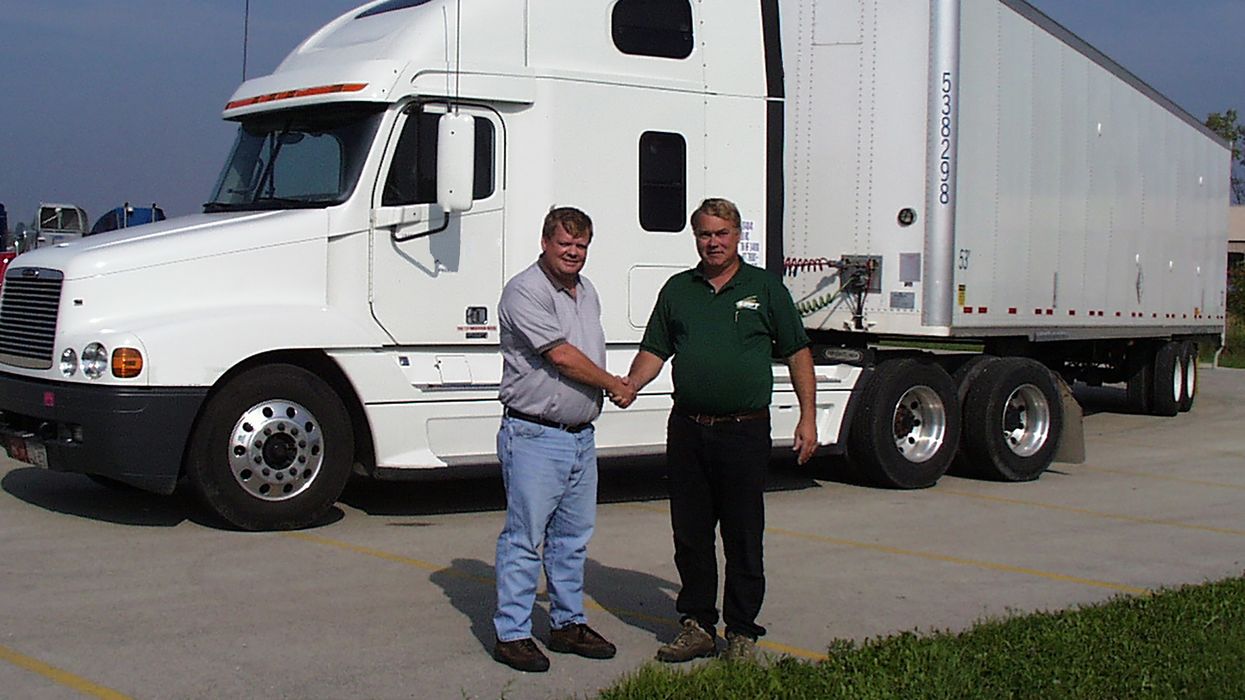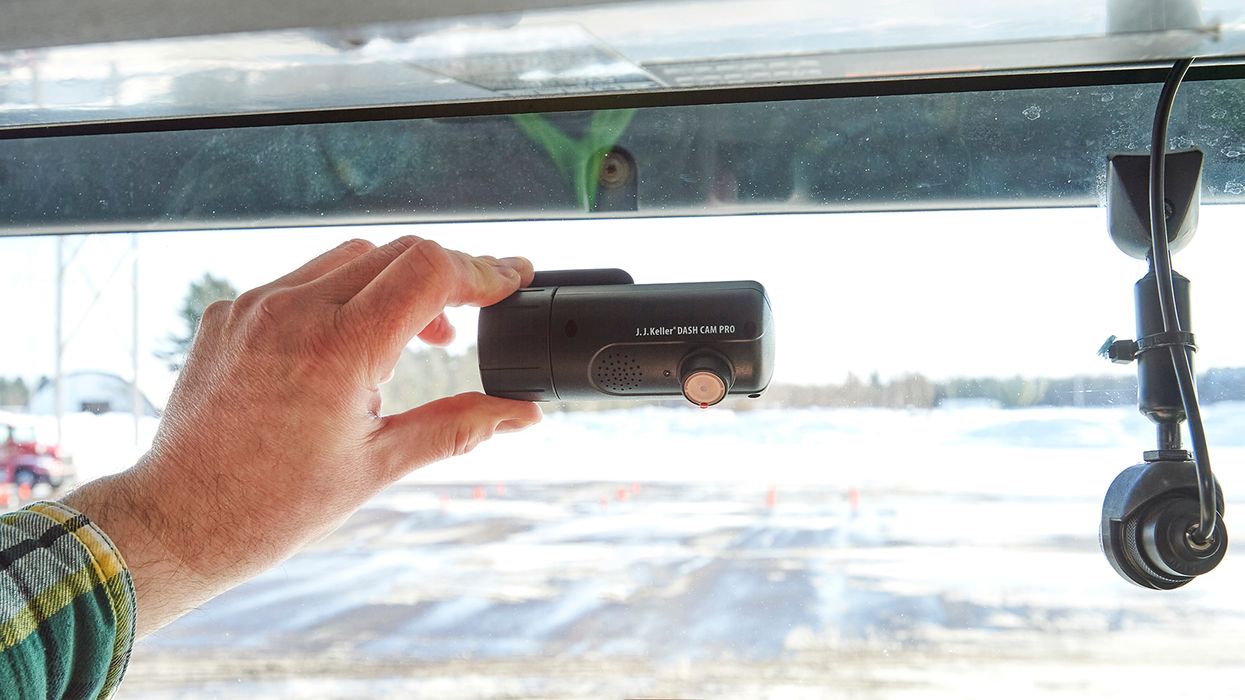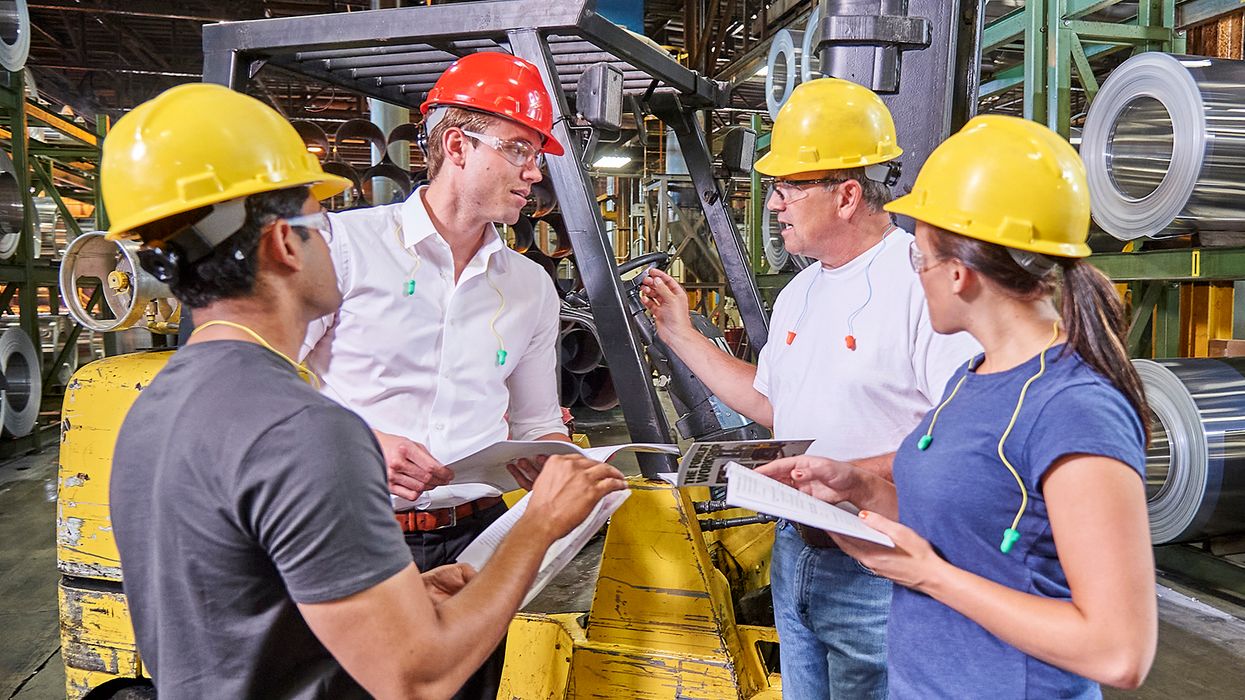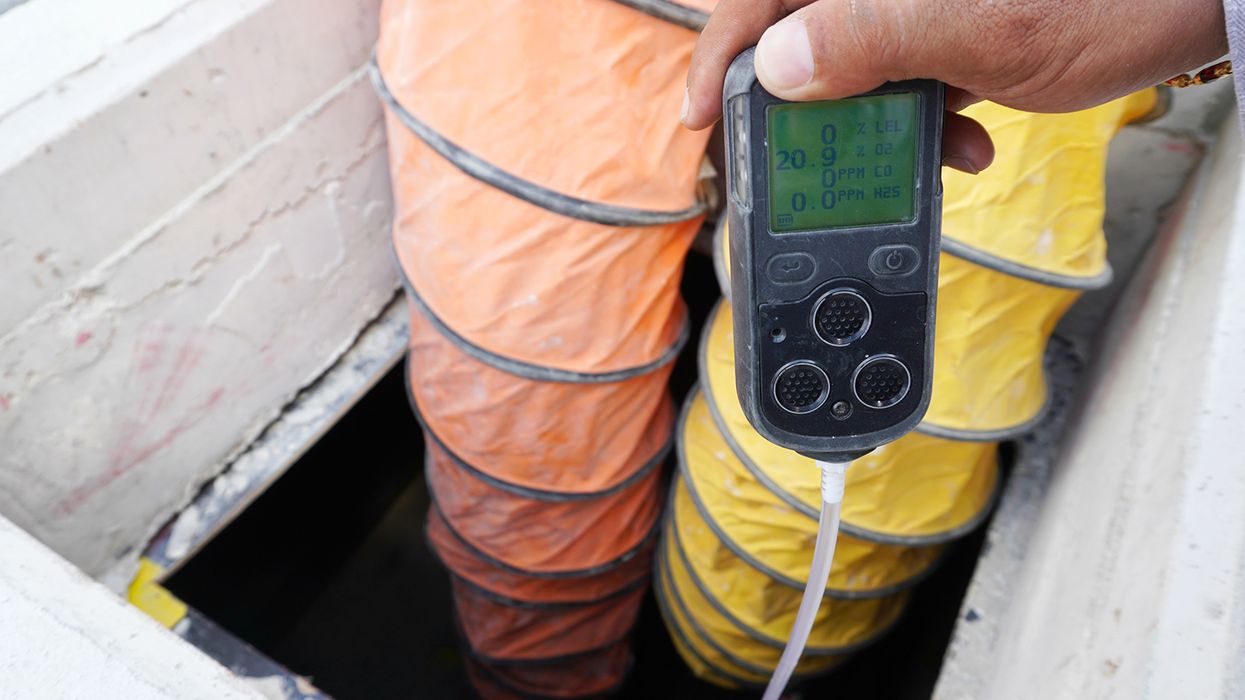Weathering the storm: Essential tips for staying safe with raingear
When the rain starts pouring, the last thing any employer wants is for their employees to be unprepared! Having the proper rain gear, like rain jackets and pants, isn’t just a matter of convenience. Instead, it’s essential to ensure your workers can work safely.
The National Centers for Environmental Information (NCEI) of the OAA has released an updated analysis of billion-dollar disasters for 2024. This year saw 27 separate weather and climate events causing at least $1 billion in damages, just behind the record 28 events recorded in 2023. Rainfall was a significant contributing factor to many of these disasters. They resulted in at least 568 fatalities, ranking as the eighth-highest number of deaths from such events in the past 45 years (1980-2024). The total economic cost was approximately $182.7 billion.
Picture this: It’s a rainy day, and your employees work outdoors, exposed to inclement weather. As a responsible employer, OSHA would expect you to consider your workers’ safety and well-being. One crucial aspect of protecting your workforce in wet conditions is providing them with the proper rain gear.
From protecting against potential hazards to maintaining productivity in rainy conditions, selecting the correct rain gear for workers cannot be overstated.
Selecting proper raingear
When selecting rain gear, employers must consider vital factors that keep their employees dry and safeguard their well-being.
- Proper Fit: Ensure your workers’ rain gear, such as rain suits, fits well and allows for freedom of movement without being too loose or restrictive. If workers’ rain gear is restrictive or doesn’t keep their clothes dry, they may not use it, or worse—they may not be focused on the task at hand!
- Visibility: Choose rain gear that is brightly colored (such as yellow-green, orange-red, or red) or has reflective strips to enhance visibility, especially in low-light conditions. Inclement weather conditions can make it difficult to see your workers.
- Waterproof and Breathable: Look for waterproof and breathable rain gear to keep your workers dry and comfortable during wet weather conditions. You don’t want your workers’ clothes getting damp and bogged down with water. It’ll distract them and even slow down their productivity.
- Slip Resistance: Consider footwear with slip-resistant soles or traction to prevent slips and falls on wet surfaces.
- Proper Maintenance: Regularly inspect and maintain rain gear to ensure it remains in good condition. Replace any damaged or worn-out raingear promptly.
When selecting rain gear, choose gear that prioritizes safety and ensures optimal worker protection.
High-visibility PPE
Did you know that OSHA can cite employers for not providing workers with proper personal protective equipment (PPE)? Rain gear, such as high-vis rain jackets, pants, and suits, can help ensure workers can be adequately seen by equipment operators and motorists, giving them sufficient time to react and avoid striking workers.
ANSI/ISEA 107-2020, the American National Standard for High-Visibility Safety Apparel, specifies acceptable colors for high-vis PPE and defines different classes and types based on the amount of visible retroreflective materials and design attributes incorporated into the PPE. For example, Class O means off the roadway, and Class R means on the roadway. Class R apparel has more than three times the visible reflective background material than Class O rain gear—ensuring workers can be seen!
During inclement weather driving, rainy conditions can impair vehicle control and driver visibility, requiring motorists and operators to reduce their vehicle speed, increase following distance, and use headlights, windshield wipers, and defrosters while driving in the rain. Type 1 rain gear is recommended where traffic is up to 25 mph, Type 2 for speeds up to 50 mph, and Type 3 gear for over 50 mph. Using high-visibility PPE and rain gear with the correct Type and Class ensures workers stay visible.
Practicing rain safety
In conclusion, practicing rain safety is crucial for ensuring the well-being of your workers. Following the tips mentioned earlier, such as providing workers with the proper high-vis rain paints, jackets, or suits, can ensure workers remain safe and productive.
Key to remember: Investing in high-quality rain gear is essential for staying dry and comfortable in wet weather conditions, allowing workers to continue their activities without being hindered by the rain. Remember to choose rain gear that is waterproof, breathable, and suits workers’ specific needs for their work activities.





